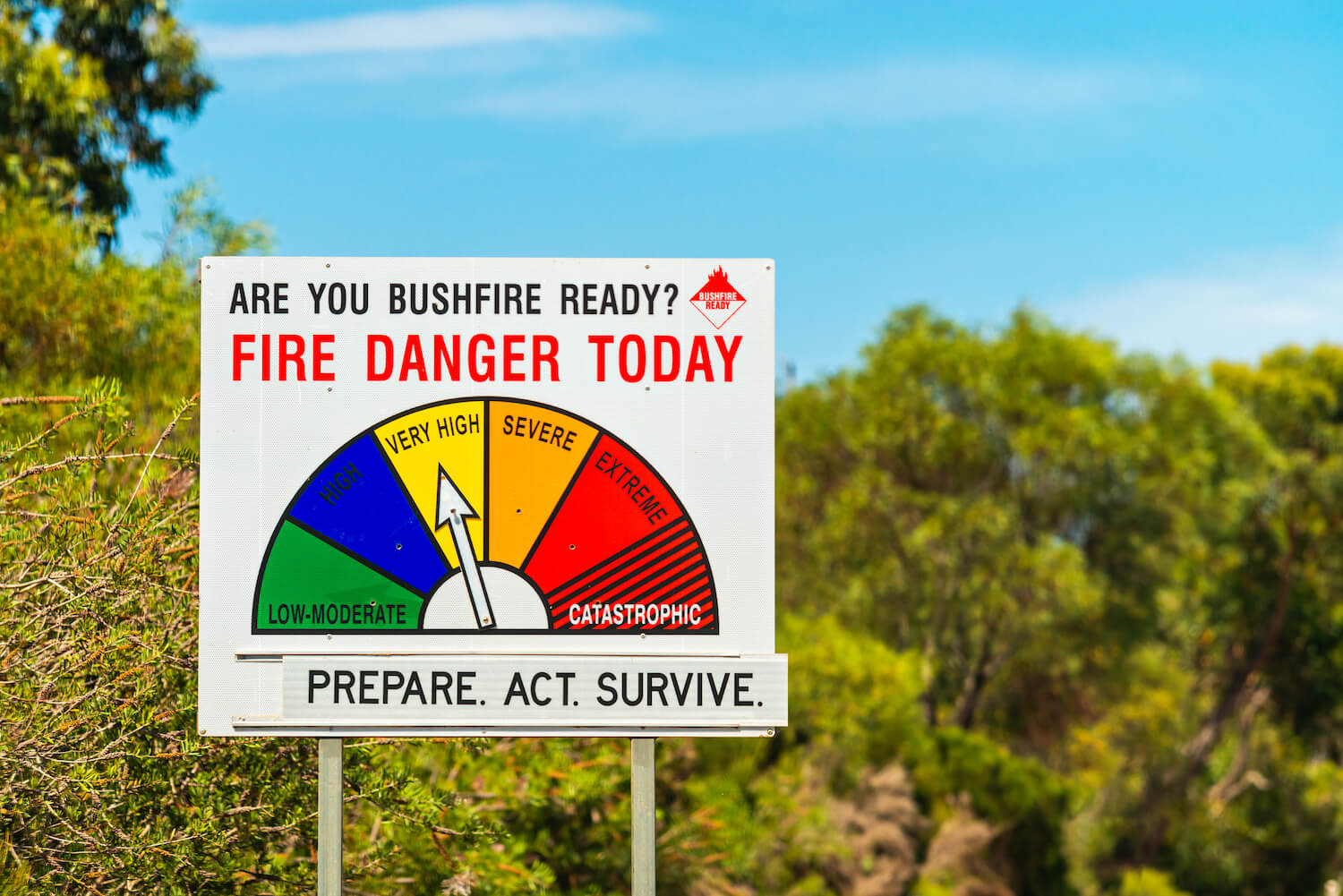Bushfires are a regular and significant concern in New South Wales (NSW). Property developers and homeowners must be aware of them when considering land and housing developments.
How to Find Out If Your House Is in a Bushfire Zone in NSW
Identifying if your house or a potential property falls within a bushfire zone in NSW is crucial for planning, safety, and insurance purposes. The process can be relatively simple, with several resources you can turn to:
NSW Rural Fire Service (RFS) Website
The NSW RFS offers an online tool called the ‘Bushfire Prone Land Tool’. Here, you can enter your address or zoom into a specific location on the map to determine if it’s within a bushfire zone. The map is updated periodically to reflect new research and data.
In addition to the mapping tool, the RFS website also has extensive information relating to bushfire risk and building in a bushfire area.
Local Council
Your local council will have up-to-date maps of bushfire-prone areas. Some councils may also have these maps available on their websites.
If online resources are unclear, visiting or calling the local council can help. They can provide insights into the area’s bushfire history, any zoning changes, and implications for property owners and developers.
Property Reports
When purchasing land or a property, consider investing in a comprehensive property report. Such reports often include bushfire zoning information. With the Archistar property development platform, you can access planning and market data, and overlay risk, heritage, contours, and transmission line information for a visual risk assessment. Risk overlays cover both flood zones and the very latest bushfire zone data.
Community Resources
Engaging with local community groups or attending neighbourhood meetings can offer firsthand knowledge. Many long-term residents will be familiar with the area’s bushfire history and risk.
Relying on multiple sources can give you a much more detailed idea of potential bushfire risks.
What Does It Mean If My House Is in a Bushfire Zone?
If your house is in a bushfire zone, it means that the property is recognised as being at risk from bushfires due to its proximity to vegetated areas, topography, or a combination of both. However, it is important to remember that the classification doesn’t mean the property will experience a bushfire, it just indicates the overall risk.
The level of risk does have an impact on your property development plans, sometimes influencing the design and the building materials used. It also requires varying degrees of property management meant to reduce the bushfire risk.
What Are the Different Bushfire Zones and What Do They Mean?
Bushfire zones in NSW are categorised to assist in assessing the potential intensity of a bushfire that may impact a property. The different categories are:
BAL-LOW
Description: This indicates the lowest risk. While there is a risk of ember attack, the potential of direct exposure to flames or radiant heat is minimal.
Implications: In this zone, standard construction methods can typically be used without the need for additional bushfire-resistant materials or designs. The property should still be maintained to minimise fuel sources.
BAL-12.5 to BAL-29
Description: The risks in these categories increase incrementally, with the number following ‘BAL-‘ indicating the level of radiant heat exposure in kilowatts per square metre.
Implications: Homes in these zones need specific construction methods and materials that change along with the risk. With each of these levels, property maintenance is crucial, requiring you to create and maintain defendable spaces and manage vegetation.
BAL-40 to BAL-FZ
Description: These are the highest risk zones. BAL-40 indicates a very high risk, while BAL-FZ (Flame Zone) is the utmost risk where properties face direct flame exposure during a bushfire.
Implications: Strict construction requirements are in place for these zones, with homes needing the highest level of protection against bushfire threats. In addition to a higher level of property management that focuses on reducing fuel sources, residents should also have an evacuation plan in place.
Are Bushfire Zones Subject to Change?
Yes, bushfire zones can change based on a range of factors. Environmental conditions and our understanding of bushfire behaviour continually evolve, influencing bushfire risk assessments. This can lead to adjustments in bushfire zones, which would be reflected in Archistar’s risk and heritage overlays feature as soon as the zone adjustments are published.
For property developers, it’s essential to keep updated with the latest zoning information to ensure that your development planning stays current with any bushfire risk changes. To begin your research, create a free Archistar account today and discover how easy it is to source all critical property data using a single platform. Including the very latest bushfire zone data.
Being informed about NSW’s bushfire zones is crucial for both property developers and homeowners. By understanding the risks and requirements of each zone, you can make informed decisions about property development and management.


